The Psyche of Collecting Pre Columbian Art
The origin of the word “Museum” is traced back through the Latin to the Greek word Μουσε?ον (Mouseion), which is literally “a Temple of the Muses, the divine Patrons of the Arts.”(1) The first museums in Europe were founded in the mid to late 17th century, and can be related to the evolution of Enlightenment ideas, specifically the application of the scientific method to art. By this time, the European colonization of the New World, Africa, and Asia was in full progress, and many of the great objects of the ancient world were being brought back to Europe, primarily for their value in gold and precious jewels. While missionaries and conquistadors plundered, looted, and burned the great temples, libraries, and palaces of the civilizations they conquered and subverted, the flow of cultural artifacts and literature to Europe gradually began to develop an academic interest. In the 19th Century, the schools of Archaeology, Anthropology, and Ethnography began a systematic documentation and analysis of the old world and ancient cultures, including their temples, languages, art, ritual, and religion, which was closely related to cultural history. This appropriation of cultural and scientific documentation continues to drive the evolution of the museum even to the present day.
The Cubists and Dadaists of the early 20th Century are said to have begun the movement that realigned the appreciation of cultural artifacts from Asia, Africa, and the New World to the level and context of high art. The importance of developments in Archaeology and Anthropology on this realignment is made in a statement by Claudé Lévi-Strauss, when he wrote: "The day when collections that from remote lands all over the world, abandon their ethnographic museums to occupy their deserved place in art museums, it's no far away."(2) Indeed, most of the 20th century art collectors who have bequeathed their acquisitions of Pre Columbian, Ancient and Ethnographic art to museums have followed an aesthetic that combines both the values and appreciation of Modern Art with the understanding derived from Anthropology and Archaeology.
The diverse nature of the individuals involved in the collecting of Ancient and Ethnographic art makes it difficult to generalize their motivations, but in the modern sense it can be said that the collectors are all bound by the desire or reason to possess an object, and sometimes many objects, that symbolize something in the mind and give it value. What that symbol represents – art, history, culture, spirituality, mystery, heritage, wealth, knowledge, preservation, respect, honor, fame, and so many others - varies, while the object itself is summarized by its ability to invoke, inspire, and cultivate devotion to the ideal. In this way, collectors work to create their private and public temples to the Muse that drives their own personal or collective aesthetic. The objects are then rarified, put on pedestals, and respected, quite differently from the customs of those that created them. The photographs, explanations, and exhibitions of artifacts often reveal more about the contemporary culture that produces them than that of the driving society that originally produced it. The tragedy of what is lost to time cannot be recovered. Cultures, languages, and religions long since vanished and can only slightly live on in these artifacts. We struggle to understand them, and in a sense, to understand ourselves.
Famous Pre Columbain collectors
CONQUISTADORS & PIRATES:
Hernán Cortés – The Conquistadors and Spanish Colonization of the Americas:
Cortés was one of the leaders of the conquistadors in the Spanish drive to conquer Mexico and Central America, with commissions from the King of Spain and the Holy Roman Emperor to fight against the Aztecs & Maya. He sent shiploads of priceless artifacts to Spain from the conquered territories, including one of the four remaining Mayan codices.
Pedro de Alvarado – Tecún Umán & the Massacre of Tenochtitlán: joinclock.com
Pedro de Alvaro is remembered not only as Spanish Governor of Guatemala, but as the slayer of the last Kiche Mayan King Tecún Umán and the leader of the massacre of Aztecs that took place in a temple during the celebration of a holiday at Tenochtitlán. He also oversaw gold mining and the expropriation of Aztec & Mayan treasures.
Francisco Pizarro – The Quest for Riches and the Conquest of Peru:
Pizarro led the Spanish conquistadors in the invasion and defeat of the Incas in Peru. He is said to have sent more precious artifacts of gold, silver, and precious gems to Queen Isabella in Spain than any other due to the great wealth of that Kingdom, the majority of which were melted down and lost to history forever.
Sir Francis Drake – Pirate’s Treasure & Circumnavigating the World:
Sir Francis Drake is famous not only for circumnavigating the world and his defeat of the Spanish Armada in the English Channel, but also for numerous acts of piracy liberating Spanish vessels of their wealth in the Caribbean as they sailed for old Europe carrying New World gold and sacred artifacts. The majority of these treasures became part of the collection of Queen Elizabeth I.
Sir John Hawkins – Slave Trade, Plunder, & the Spanish Armada:
Sir John Hawkins was a famous slave trader from Africa to the New World colonies, but also engaged in numerous acts of piracy against Spanish ships carrying indigenous treasures and artifacts to Europe. He is also credited with introducing tobacco to Europe from the Americas.
ANTHROPOLOGISTS & ARCHAEOLOGISTS:
Charles-Étienne Brasseur de Bourbourg – Archaeology, Ethnography, & the Maya:
De Bourbourg was a 19th century Anthropologist who laid the foundation for future Mayan studies through his research which included the discovery of a Mayan codex in Madrid sent from the colonies, publication of Diego de Landa’s work, as well as the first translation of the Popol Vuh.
Sylvanus Griswold Morley – Mayan Hieroglyphs & Chichen Itza Excavations:
Sylvanus Morley conducted extensive Archaeological research in Mexico and Central America, compiling many books documenting the Mayan hieroglyphic writing system. He is considered the mentor of Eric Thompson for research in Mayan History & Culture.
Claude Lévi-Strauss – Brazilian Research & the Foundation of Structural Anthropology:
Claude Lévi-Strauss is regarded as one of the most influential figures in modern Anthropology, and cited frequently in publications on ethnographic art. He conducted field work in the Brazilian Amazon. His major works are: The Savage Mind, Structural Anthropology, and Mythologiques.
Franz Boas – Cultural Relativism & the Father of American Anthropology:
Franz Boas is considered the father of American Anthropology. While his application of scientific principles to the study of man is closely related in application to Behavioralism in Psychology, his influence in academic circles on the evolution of the Anthropology is unparalleled.
Na Balom – The Life and Work of Frans and Gertrude Duby Blom:
Frans and Gertrude Blum are the archetypal researchers in Anthropology, Archaeology, and Art, spending many years studying with the Lacandon Maya and founding a cultural center named “Na Balom – the House of the Jaguar” in San Cristobal de las Casas, Chiapas.
MODERN ART & GALLERIES:
Frederick W. Davis – The Pre-Columbian Tradition & Modern Art in Mexico:
Frederick Davis was an early 20th century American collector and trader of Mexican indigenous art, whose gallery also became popular with Mexican modern artists such as Diego Rivera, Frida Kahlo, and Jose Orozco whose work investigated these ancient themes.
Diego Rivera & Frida Kahlo – Modern Fine Art & Cultural Heritage:
Perhaps no other two people had such an important and lasting effect on the development of modern art in Latin America as Diego Rivera and Frida Kahlo. Their life and work also includes a profound interest in the preservation of the heritage of indigenous art.
Morton D. May – French Modernism, America, & Pre-Columbian Art:
Morton May was an American oil man who dedicated a large portion of his time and energy to art collecting and charitable foundations. He is important in the movement to recognize indigenous, Pre-Columbian art as a major field of art history and focus for museum collections in the West.
Fernando de Szyszlo – Cubism, Surrealism, Abstract Art, & the Ancient Heritage:
Fernando de Szyszlo is an important modern artist from Peru whose work draws upon influences from Abstract Expressionism, Surrealism, and Cubism. He has focused considerable time and attention to preserving the Incan cultural heritage and curating Pre-Columbian art exhibitions at the Cuzco Museum.
Cecilia Bákula – Art History, Museum Curator, & the Incan Treasures:
Cecilia Bákula is a leading South American Art Historian who also oversees the Incan and Pre-Columbian art collections at the Cuzco Museum in Peru.
Allan Kaplan & Carol Meyer – New York Art Trading & Pre-Columbian Antiquities:
Allan Kaplan and Carol Meyer were famous late 20th century traders of Pre-Columbian art in New York City, whose galleries had a wide influence on collectors and artists internationally.
MUSEUMS AND FOUNDATIONS:
Dumbarton Oaks – The Collection of Robert Woods & Mildred Barnes Bliss:
The Dumbarton Oaks collection is one of the most important Pre-Columbian art museums in America, the legacy of the philanthropic work of diplomat Robert Woods Bliss and his wife Mildred Barnes Bliss. This collection has been featured in many publications and has proved important as a research center for the decipherment of Mayan hieroglyphics.
Edgar Lee Hewett – Art Conservation & The Founding of Ethnographic Museums:
Edgar Lee Hewett was an American Anthropologist and Archaeologist from the late 19th and early 20th century whose work and research was influential in leading to the appreciation of American Indian art and culture, as well as its preservation in museums.
Dr. Lowell D. Holmes - Anthropology and the Museum of Man:
Dr. Lowell Holmes was a Professor of Anthropology at Wichita State University in the mid 20th century whose research was influential in the study of Pre-Columbian art and who oversaw the collection of indigenous art at the Museum of Man founded at the University.
Gillett Griffin - Princeton Museum & Pre-Columbian Art:
Gillett Griffin was curator at the Princeton University in the 1950-60s, overseeing the development of an extensive and important Pre-Columbian art collection.
Rafael Larco Herrera – Preserving American Indian Heritage through Modern Art:
Rafael Larco Herrera founded the Larco Museum in Peru based upon his family collection. It has since evolved into one of the most important collections of Inca and Pre-Columbian art in the world.
Georgios Gontikas – Greece, the Benaki Museum, and Ancient Art of the Americas:
Georgios Gontikas was a Greek collector who donated his extensive collection of Pre-Columbian art to the Benkai Museum in Athens.
Lukas Vischer – Travels through Mexico & the Basel Cultural Museum Collection:
Lukas Vischer was a Swiss artist who traveled extensively across Mexico and gathered what would become one of Europe’s most important collections of Pre-Columbian art which he donated to the Ethnographic Museum in Basel.
Eleanor Norcross – Woman’s Liberation & the Fitchburg Art Museum:
Eleanor Norcross was an influential figure in the Woman’s Liberation movement in America, leading social movements for public education, and helping to found the Pre-Columbian art collection at the Fitchburg Art Museum.
Famous Pre-Columbia Art Collections:
The following Pre-Columbian Art collections have appeared in print, with detailed photographs and descriptions of the art and iconography.
The Albers Collection
Alan Wurtzburger Collection
The Robert Woods Bliss Collection
The Mr. and Mrs. Klaus G. Perls Collection
The Arnold Maremont Collection
The George C. Kennedy Collection
The Collection of Josephine & Walter Buhl Ford II
The Estate of Catalina von Hessert
The Mildred Friedland Collection
The Anthony Chen Collection
The Frederick Landmann Collection
The Bogousslavsky Collection
The John-Platt Collection
The Hendershott Collection
The Jules Berman Collection
The Collection of Mr. & Mrs. Peter G. Wray
The Nina R. Lewis Collection
The Paddock Family collection
The John-Platt Collection
The Collection of Jay C. Leff
The Land Collection
The Ernest Erickson Collection
The Mr. And Mrs. Klaus G. Perls Collections
The Moreen O'Brien Maser Memorial Collection
The Collection of Robert and Virginia Williamson


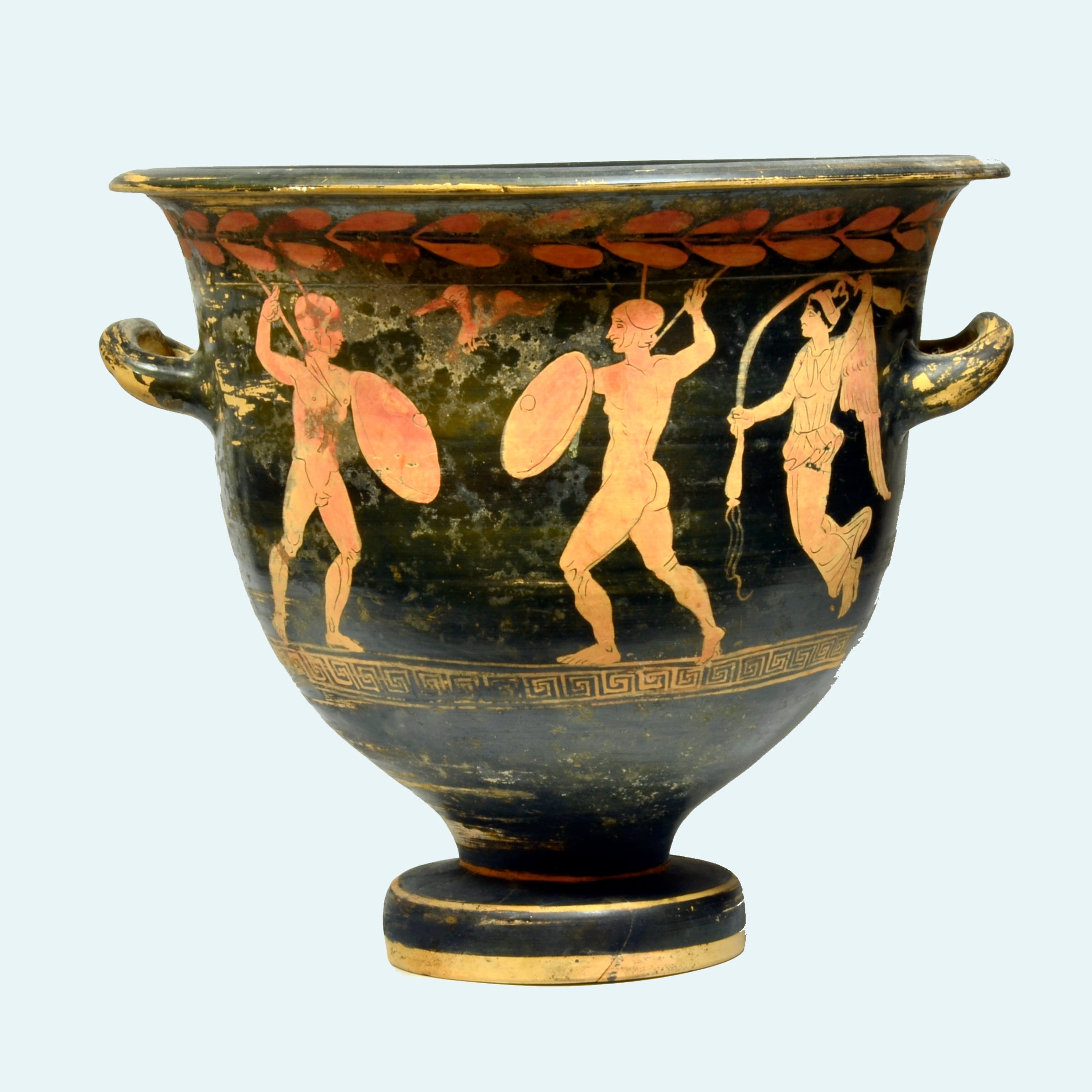
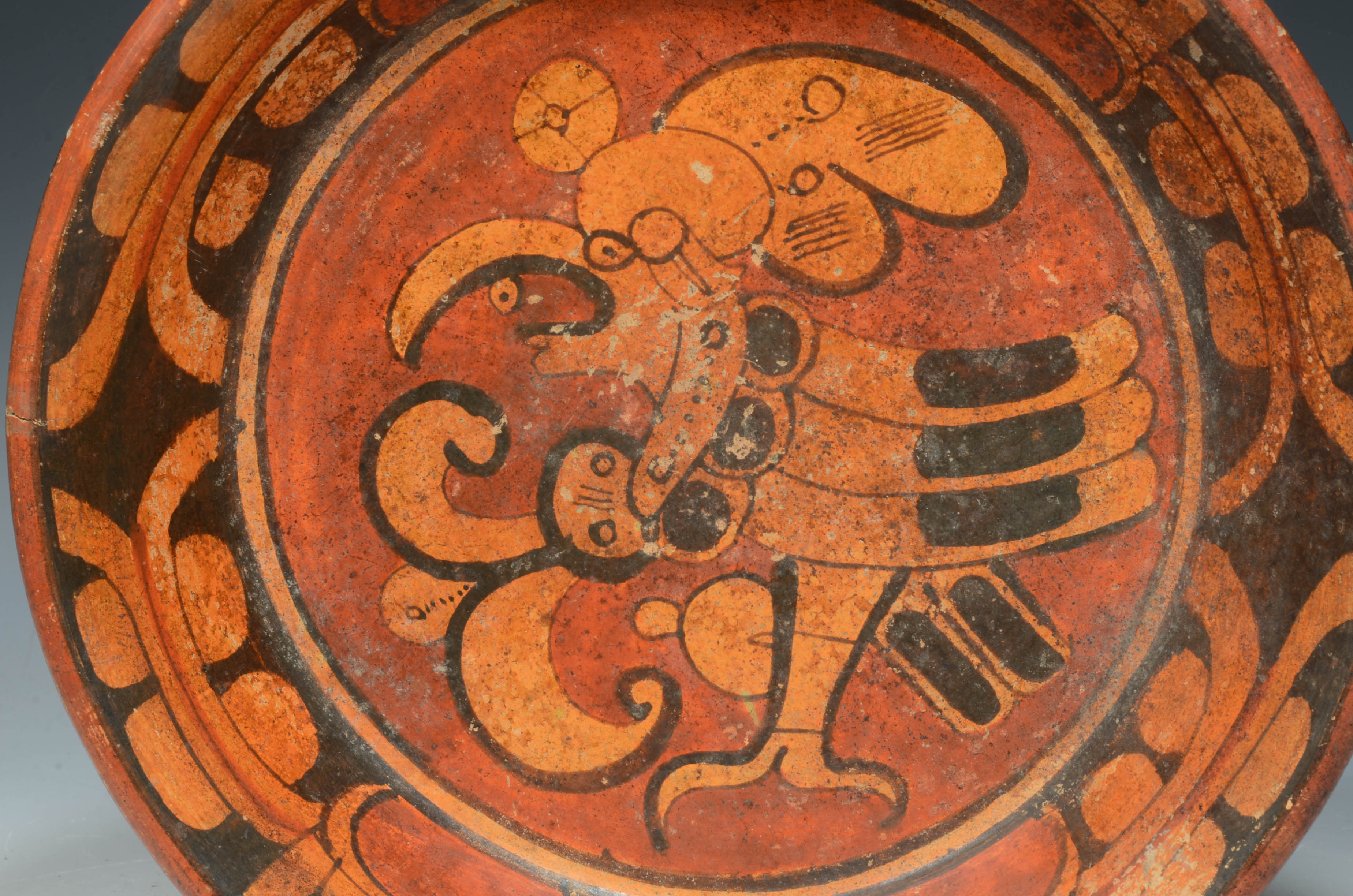
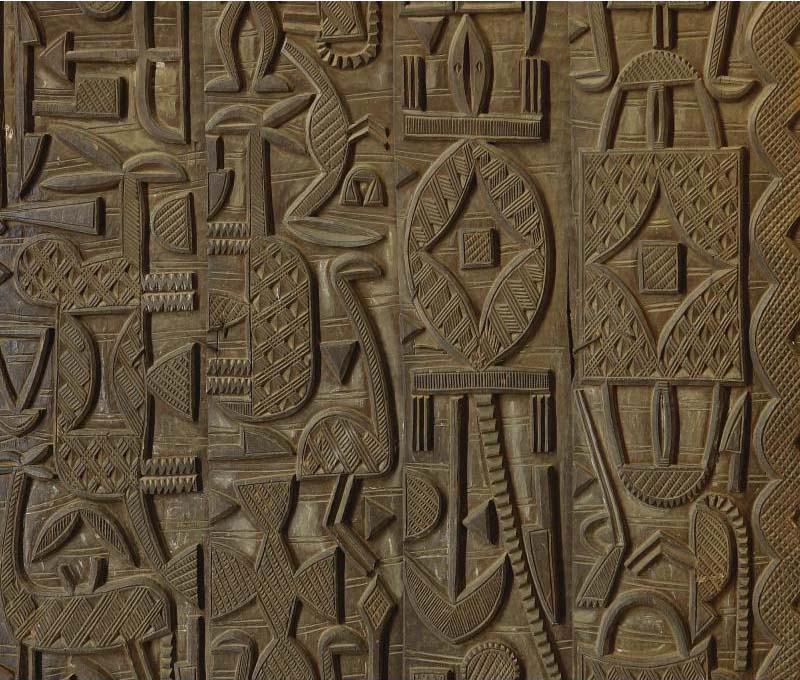
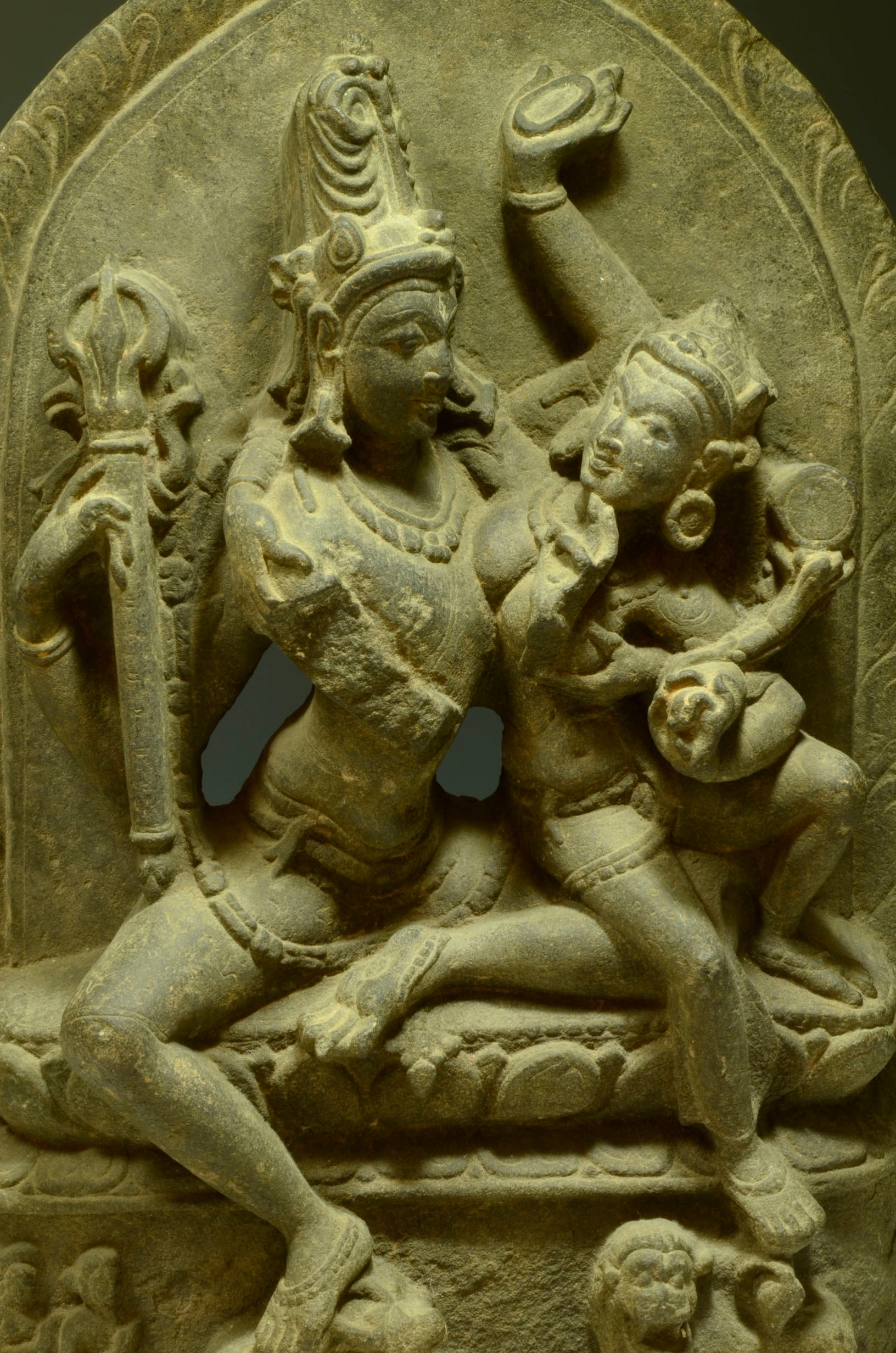

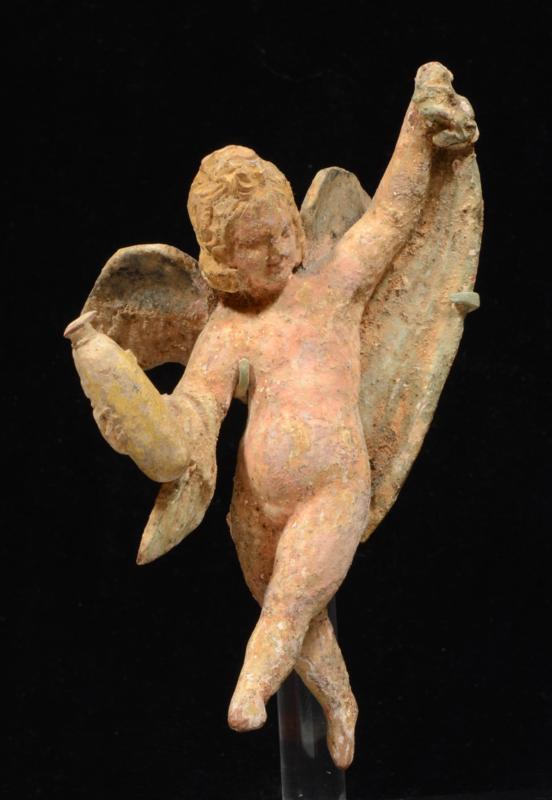
Leave a comment